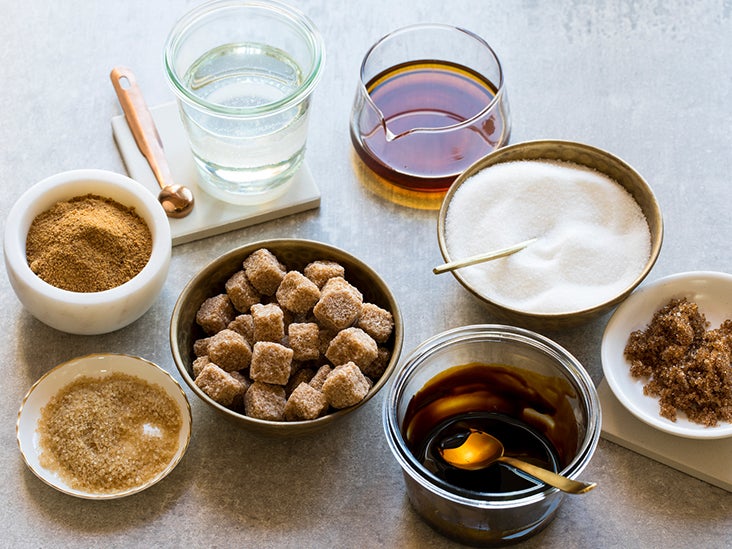
This type of failure will introduce in to the product stream 37 small to large metal contaminants.

As a mixing bowl or grinder is used over time the food contact parts will tend to fail and fracture 36. These processes by nature involve a number of contamination 35 risks. Food processing is typically a mechanical process that utilizes large mixing, grinding 32, chopping 33 and emulsifying 34 equipment in the production process. Approved additives receive an E number (E for Europe), which gives information about food additives in the list of ingredients across the different languages of the EU. In the European Union, only food additives (e.g., sweeteners 28, preservatives 29, stabilizers 30 ) that have been approved as safe for human consumption 31 by the European Food Safety Authority (EFSA) are allowed, at specified levels, for use in food products. The health risks of any additives will vary greatly from person to person, for example, sugar as an additive would be detrimental to those with diabetes. Another safety concern in food processing is the use of food additives 27. On average 26 any given nutrient may be reduced by as little as 5% 20%. The table 1Ģ indicates that, in the majority of foods, processing reduces nutrients by a minimal 25 amount. A USDA* study in 2004, created a nutrient retention 24 table for several foods. Vitamin C, for example, is destroyed by heat and therefore canned 22 fruits have a lower content 23 of vitamin C than fresh ones. Drawbacks Any processing of food can have slight effects 20 on its nutritional density 21. Food processing can also add extra nutrients 19 such as vitamins. Modern food processing also improves the quality of life for people with allergies, diabetics, and other people who cannot consume some common food elements 18. The food industry offers products that fulfill many different needs: From peeled 17 potatoes that only have to be boiled at home to fully prepared ready meals that can be heated up in the microwave oven within a few minutes. However, there is little financial cost in using processed food as compared to home preparation.

Individuals may see a benefit in convenience 16. Therefore, manufacturers and suppliers of processed food products may make a large profit. Mass production of food is much cheaper overall than individual production of meals from raw ingredients 49. The act of processing can often improve the taste of food significantly. Salmonella) capable of causing serious illnesses. Fresh materials, such as fresh produce 47 and raw meats, are more likely to harbour 48 pathogenic micro organisms (e.g. Processing can also reduce the incidence of food borne 15 disease. When they were first introduced, some processed foods helped to alleviate 13 food shortages 14 and improved the overall nutrition of populations as it made many new foods available to the masses.


Processed foods are usually less susceptible 12 to early spoilage than fresh foods and are more appropriate for long distance transportation from the source to the consumer. Modern supermarkets would not exist without modern food processing techniques, long voyages would not be possible and military campaigns would be significantly more difficult and costly to execute. In addition, it increases seasonal availability 9 of many foods, enables transportation of delicate perishable 10 foods across long distances and makes many kinds of foods safe to eat by de activating spoilage 11 and pathogenic microorganisms. Benefits and drawbacks Benefits Benefits of food processing include toxin removal, preservation 6, easing marketing and distribution 7 tasks, and increasing food consistency 8. Similar processes are used to produce animal feed. Food processing typically takes clean, harvested 3 crops 4 or butchered animal products and uses these to produce attractive, marketable and often long shelf life 5 food products. 1 Food processing Food processing 1 is the set of methods and techniques used to transform raw ingredients 2 into food or to transform food into other forms for consumption by humans or animals either in the home or by the food processing industry.


 0 kommentar(er)
0 kommentar(er)
